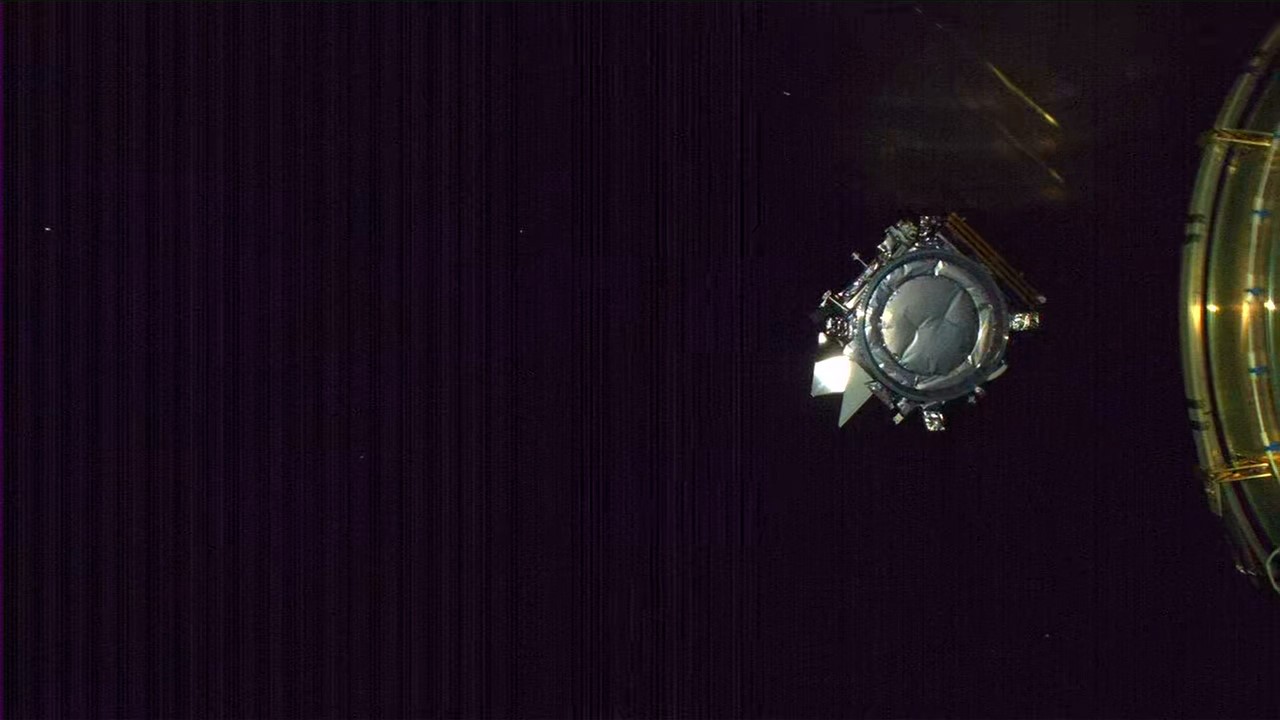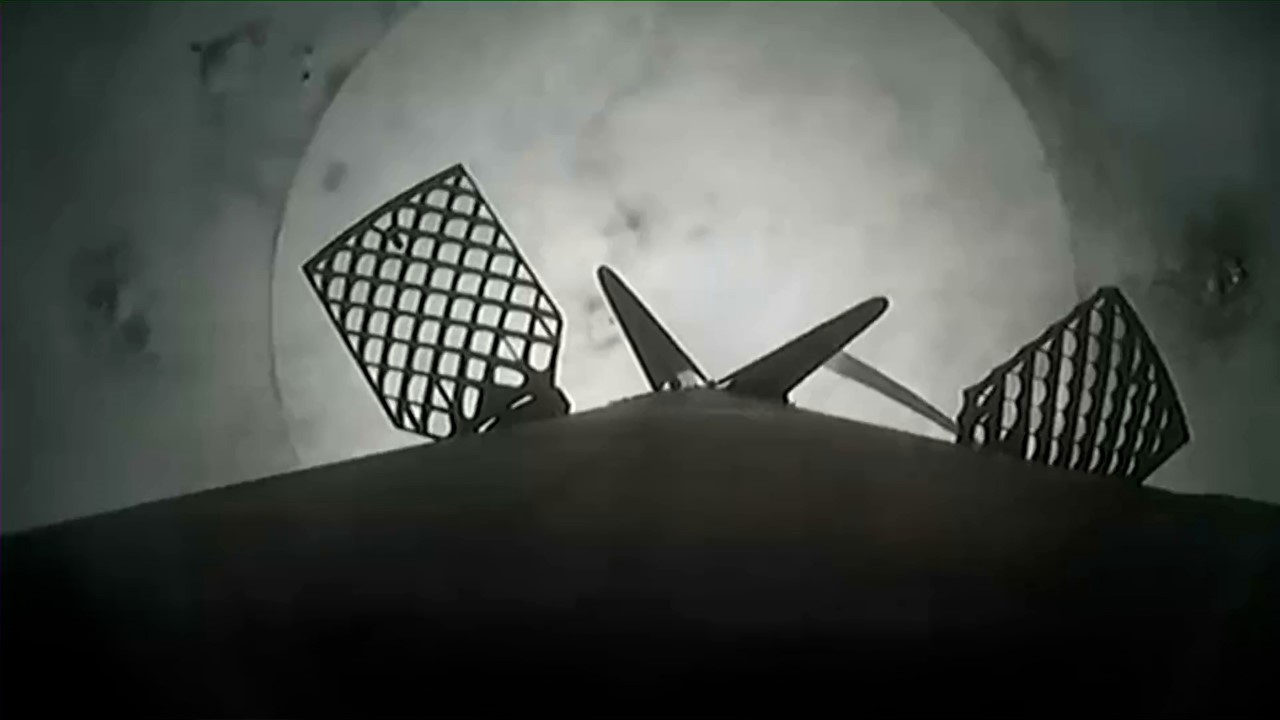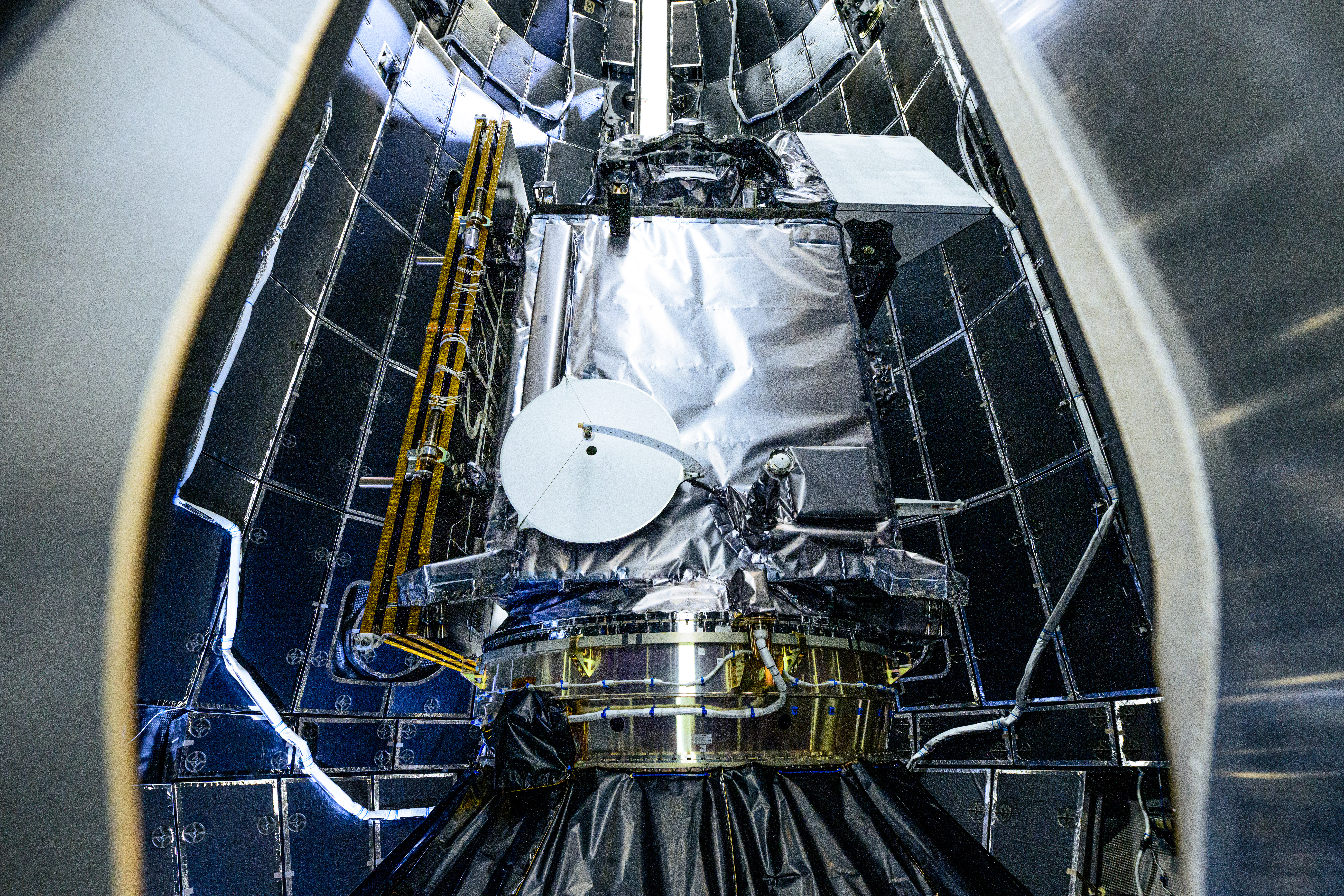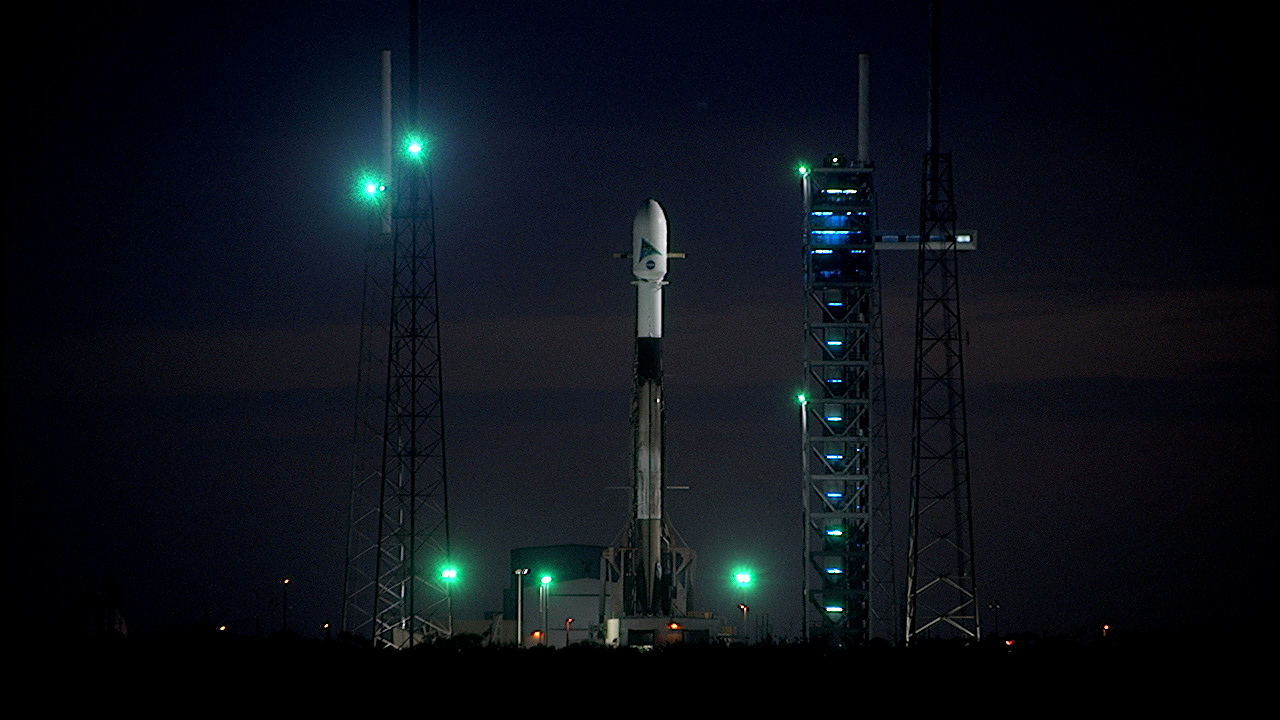NASA’s PACE (Plankton, Aerosol, Cloud, ocean Ecosystem) spacecraft has successfully made contact with ground stations back on Earth providing teams with early readings of its overall status, health, operation, and capabilities postlaunch.
A full postlaunch assessment review to determine PACE’s readiness to move into the operational phase of its mission will be conducted in the coming weeks.
Information collected throughout PACE’s mission will benefit society in the areas of ocean health, harmful algal bloom monitoring, ecological forecasting, and air quality. PACE also will contribute new global measurements of ocean color, cloud properties, and aerosols, which will be essential to understanding the global carbon cycle and ocean ecosystem responses to a changing climate.
The PACE’s mission is designed to last at least three years, though the spacecraft is loaded with enough propellant to expand that timeline more than three times as long.
To read more about the launch of the PACE mission, please visit:
https://www.nasa.gov/news-release/nasa-launches-new-climate-mission-to-study-ocean-atmosphere/









